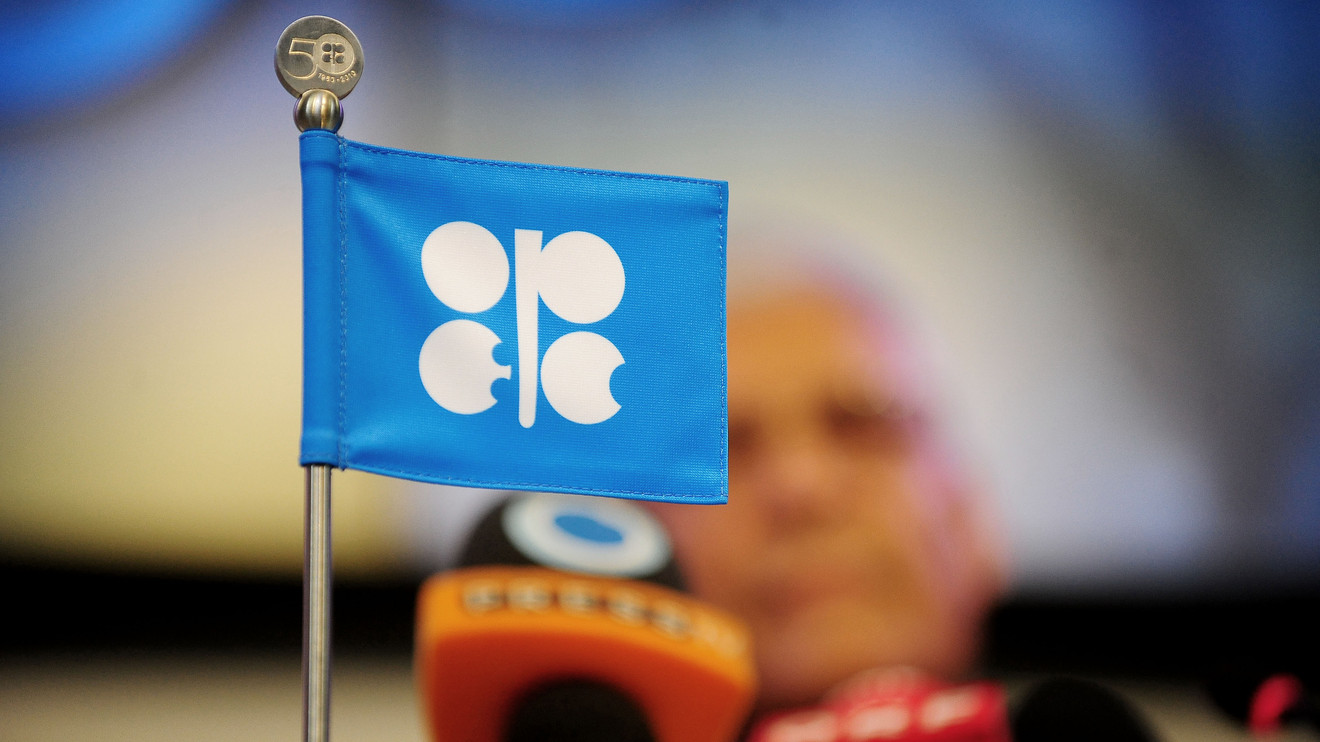
Oil prices plunged Monday as Saudi Arabia and Russia prepared for a global price war, triggering a world-wide equity rout that saw the Dow Jones Industrial Average drop more than 2,000 points at its low, as shock waves traveled through financial markets already shaken by the spread of the coronavirus.
While falling crude prices, which mean lower gasoline prices for consumers, sound like they could be a balm during a period of economic stress, analysts and investors said the combination of sharply declining oil prices combined with existing fears over the economic implications of the coronavirus only heightened uncertainty and fear.
“The coronavirus presents investors with an unprecedented global problem. Investors are uncertain about the nature of the virus, its potential economic impact and the policy response. The oil shock has only added to this confusion and uncertainty,” said Paul O’Connor, head of the multiasset team at Janus Henderson Investors, in a note.
“One thing we do know, however, is that markets are now in panic mode,” he said.
Read:OPEC price war one of the three worst things that could hit virus-wracked markets: JPMorgan
Here’s a deeper look at what’s happening and some of the ways the crude-price fall is rippling through the financial system.
What happened to oil?
Oil futures fell sharply, with the U.S. benchmark, April West Texas Intermediate crude CL.1, -2.85%, falling 24.6% to end at $31.13 a barrel. May Brent BRNK20, -3.28%, the global benchmark, dropped 24.1% to settle at $34.36 a barrel. Both grades traded at their lowest levels since early 2016 and suffered their biggest one-day percentage drops since the 1991 Gulf War.
Why is falling oil a problem for stocks?
U.S. stocks plunged at the opening bell with trading briefly halted as a 7% intraday slide for the S&P SPX, -7.59% triggered a so-called circuit breaker. Stocks remained sharply lower throughout the session, with the Dow Jones Industrial Average DJIA, -7.78% dropping 2,013.76 points, or 7.8%. The S&P 500 tumbled 7.6%. Major indexes ended the day near the threshold that would mark the start of a bear market.
See: Stocks will enter a bear market if the Dow and S&P 500 close below these levels
Oil accounts for more than 3% of the S&P 500, and banks are also exposed to the sector via loans. Meanwhile, pressure on yields tied to the collapse in oil prices is also bad news for financial stocks, analysts said.
The breakdown in oil prices also adds to fears of a global recession. And, with the U.S. now a net exporter and the world’s largest oil producer, falls in price, while offering some benefit to consumers, aren’t an unalloyed positive and may even be a net drag, economists have argued.
“Markets are trying to force a policy response — from central banks and from Washington, D.C. A basket of more aggressive monetary-policy action is coming, and how markets respond is the big question. The market will get something resembling ‘zero bound’ very soon, but that is not likely to be effective,” said David Bahnsen, chief investment officer at the Bahnsen Group, in a note.
Falling yields about more than a flight to safety
Investors flooded into havens, including government debt, sending the yield on the 10-year Treasury note TMUBMUSD10Y, 0.568% to an all-time low, finishing around 20.8 basis points lower at 0.501%, as the entire U.S. yield curve traded below 1%.
But the drop in yields, which move in the opposite direction of price, isn’t just about the flight to safety. The plunge in oil prices also takes the wind out of inflation expectations, adding to pressure on yields.
“The knock-on effects will slash inflation outlooks globally — the U.S. 5-year/year forward break-even rate is now plumbing the subdued inflation levels at the height of the 2008 financial crisis,” said Charles Hepworth, investment director at GAM Investments, in a note, referring to a market measure of expectations for future inflation.
Bad news for corporate debt, emerging market bonds
In addition to being bad news for energy stocks, pressure on oil prices promises pain on the credit front for leveraged companies. That adds to stresses in corporate debt that were already being amplified by the coronavirus outbreak, analysts said.
Check out:Cracks are forming in corporate bonds as coronavirus slams Wall Street
Nicholas Colas, co-founder of DataTrek Research, on Monday noted that energy has a much higher weighting in high-yield indexes used by exchange-traded funds like iShares iBoxx $ High Yield Corporate Bond ETF HYG, -4.30% (10.3%) and the SPDR Bloomberg Barclays High Yield Bond ETF JNK, -4.65% (11.1%) than the S&P 500 at 3.4% and the Russell 2000 RUT, -9.36% at 2.1%.
The HYG fund fell 4.3% on Monday, while the JNK ETF dropped 4.7%.
Oil-exporting emerging-market countries also faced stress, putting pressure on their government bonds.
“The oil shock has jolted the hitherto-resilient markets for high-yield debt and emerging-market bonds,” said O’Connor. “The risk now is that investor redemptions will accelerate at a time when market liquidity is already under pressure.”
He argued, however, that the scale of the repricing was so rapid today that some value was beginning to emerge.
The iShares JPMorgan USD Emerging Market Bond ETF EMB, -8.10% plunged more than 8%, while the Van Eck Vectors JPMorgan EM Local Currency Bond ETF EMLC, -5.07% was down 5.1%.
Dollar, commodity currencies sink
The U.S. dollar wasn’t acting much like a haven, with the ICE U.S. Dollar Index DXY, -0.94% down 0.9% at 95.09. The Japanese yen USDJPY, -0.06%, meanwhile, soared, asserting its role as a traditional safety play. The U.S. currency dropped 2.8% versus the yen to trade at ¥102.37, the strongest level for the Japanese unit since September 2016.
Currencies of oil-exporting countries were set to see weakness.
“Oil is a significant driver of GDP in Mexico Norway, Canada, Russia, Brazil and Colombia, and, of course, the U.S. is the world’s biggest oil producer in absolute terms now,” said Kit Juckes, global macro strategist at Société Générale, in a note.
“None of those countries’ currencies is going to have a good day though the dollar does still derive support from its reserve-currency status,” he said.











Add Comment